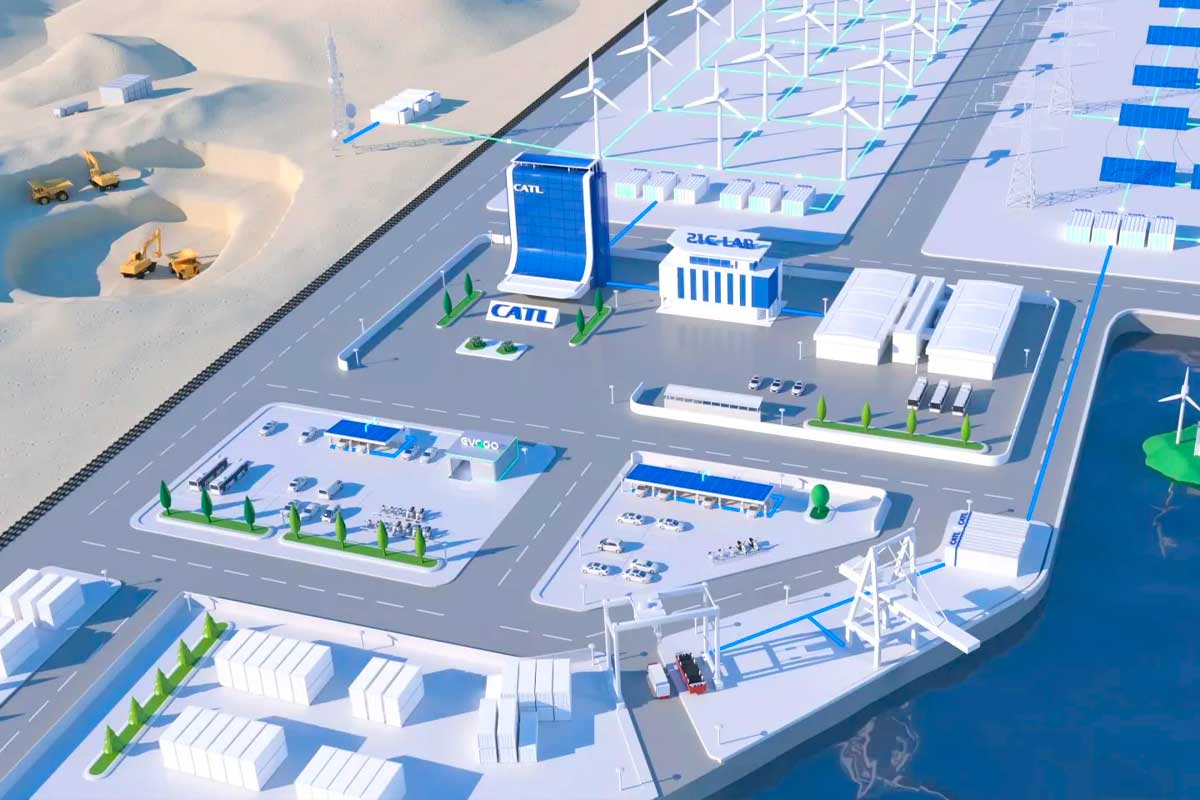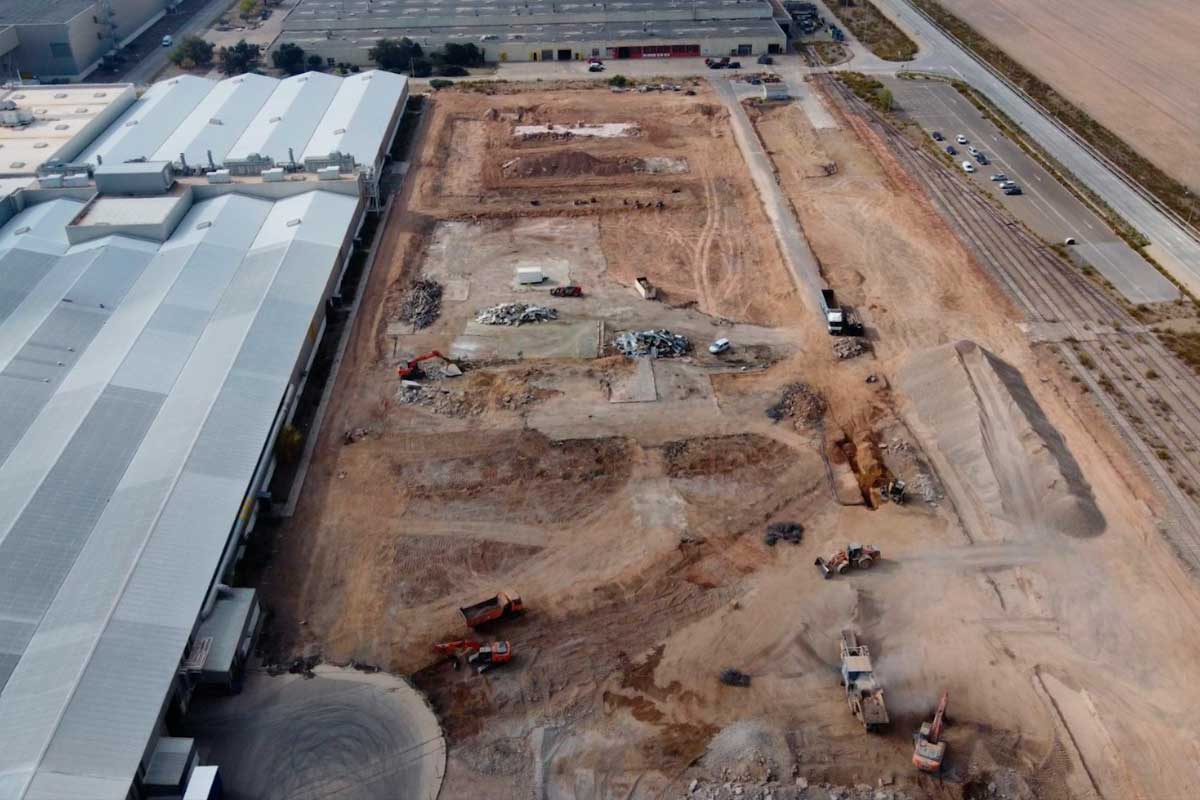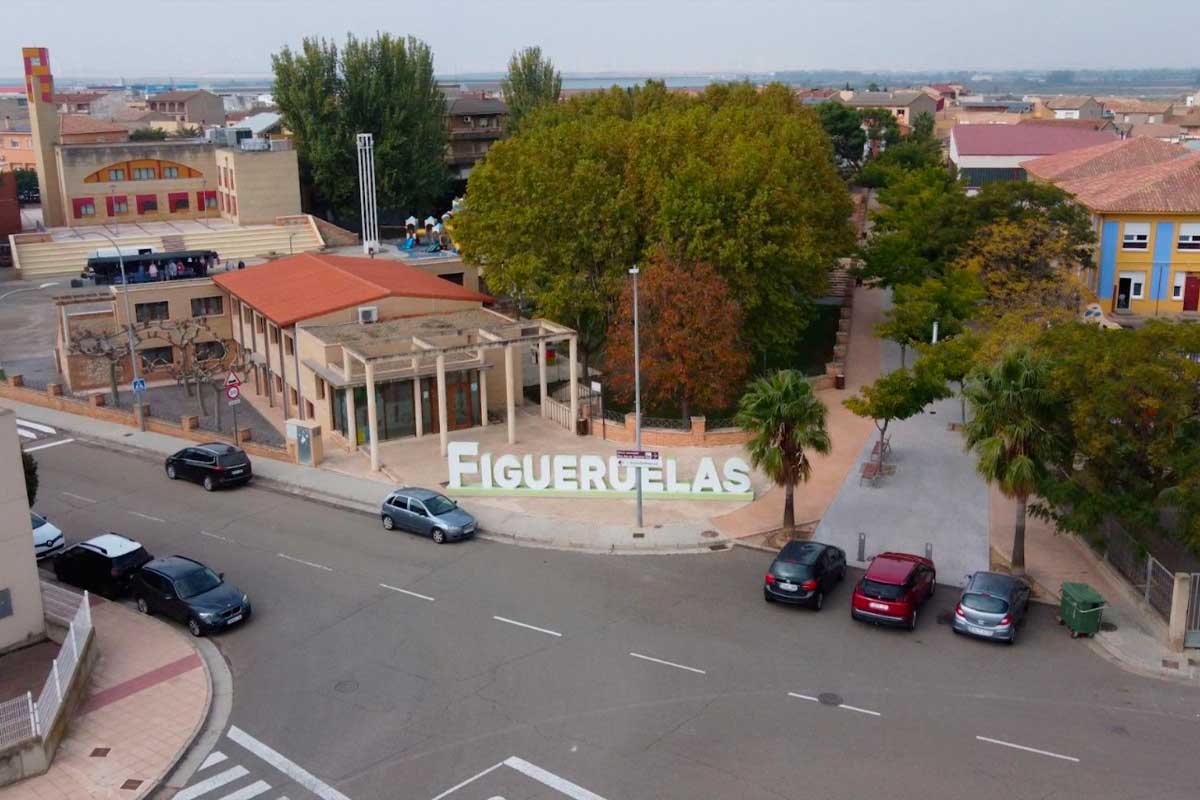
One year ago, Stellantis and CATL formalized a strategic partnership designed to change Europe's industrial balance: construction of a gigantic LFP battery factory in Zaragozain Spain. Back then, in December 2024, the project's outlines were already impressive: over 4 billion euros of investment, cheaper battery technology, and the promise of making electric vehicles more accessible. Today, the project is entering a spectacular new phase: some 2,000 Chinese workers will be arriving in Aragon to help build the Gigafactory. And in the small village of Figueruelas, with a population of just 1,000, people are about to experience an unprecedented upheaval. The locals sum up the mood in a few words: "Están bienvenidos" - they're welcome.
Figueruelas, a village of 1,000 ready to triple its population

The Stellantis-CATL project is no ordinary worksite. The new plant, located right next to the historic Zaragoza automotive site, is set to produce up to 1 million batteries a year by 2028, with an expected final capacity of 50 GWh. To achieve this, CATL has decided to send in an army of Chinese technicians and engineers, because, as a local industrial manager explains, "we haven't mastered this technology, they're years ahead of us".
The first Chinese executives are already on site. Hundreds more will be arriving over the coming weeks, until the workforce reaches almost 2,000 by the end of 2026. Their presence will speed up the construction of a plant that still needs to recruit and train 3,000 Spanish employees in a region where the automotive sector is already an economic mainstay.
For Figueruelas, the metamorphosis has already begun. Bars, real estate agencies and landowners are experiencing an unusual level of effervescence. "We're inundated with requests," confides a Zaragoza real estate agent. Land is being sold, housing projects are springing up and local residents, at first surprised, now see the arrival of Chinese workers as a rare economic opportunity.
Reminder: why Spain won against France, Italy and Germany

When Stellantis and CATL formalized their partnership, a question immediately arose: why set up such a plant in Spain and not in one of Europe's three historic automotive giants?
Firstly, the Stellantis site in Zaragoza is one of the most efficient in Europe, a decisive argument for CATL. The region also offers a major logistical advantage: the future Peugeot e-208, e-2008 and other STLA Small models will be produced nearby, drastically reducing battery transport costs. Secondly, labor costs are more competitive, a key factor when it comes to producing LFP batteries for affordable electric vehicles. Finally, Aragon has an advantage that few European regions can boast: 89 % of its energy is renewable, a key factor for the Chinese group CATL. Added to these factors is a more diplomatic element: the excellent relations between Spain and China, particularly in the Aragon region, have simplified administrative procedures, including work permits for the 2,000 technicians due to arrive.
A turning point for Stellantis as ACC projects falter
This ramp-up comes at a time when ACC battery plant projects in Germany and Italy are virtually at a standstill. Termoli, which was to have been one of the major sites in the European battery industry, looks set to be cancelled altogether. Stellantis had anticipated this risk. By focusing on a "dual chemistry" strategy, combining high-end NMC and low-cost LFP batteries, the Group secured its supply with CATL at a time when the European industry was losing visibility. With the Spanish plant, Stellantis is increasing its independence while boosting its competitiveness in the B and C segments, which are set to democratize the electric car.
A booming region... while waiting for BYD?

The Stellantis-CATL investment could be just the first step in a wave of Chinese operations in Spain. The government is actively working to attract BYD, which is due to announce the site of its future European mega-plant by the end of the year. If the group were to choose Spain, the automotive ecosystem forming around Zaragoza could become a key player in Europe's electric vehicle value chain. In Figueruelas, at any rate, preparations are already underway. Former Opel factory workers, shopkeepers and local councillors see this massive arrival as an industrial renaissance. Some remember the 1980s, when General Motors arrived to produce the Corsa. Today, a new era is beginning. And when you ask local residents what they think of the thousands of Chinese workers about to arrive, the answer is everywhere, simple, direct and warm: "They're welcome.
Bravo Elkhann, keep investing abroad, while the Italian car industry, once a national jewel, is dying!
In my opinion, given the difficulties of the ACC battery plant in France, it may be the best decision of the group to import Chinese CATL battery know-how into Spain.
It's a sad state of affairs for the European automotive industry, but once again, thank you Carlos Tavares.